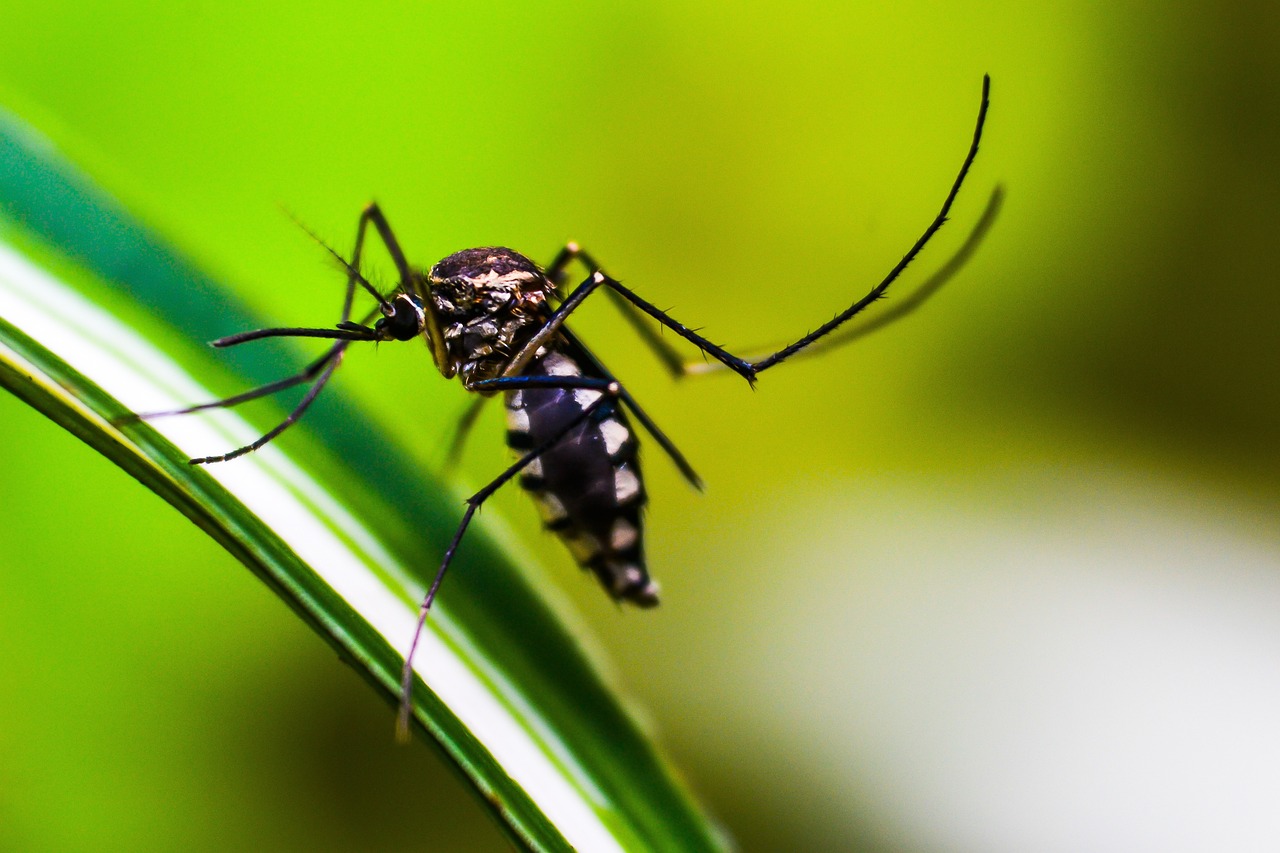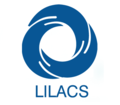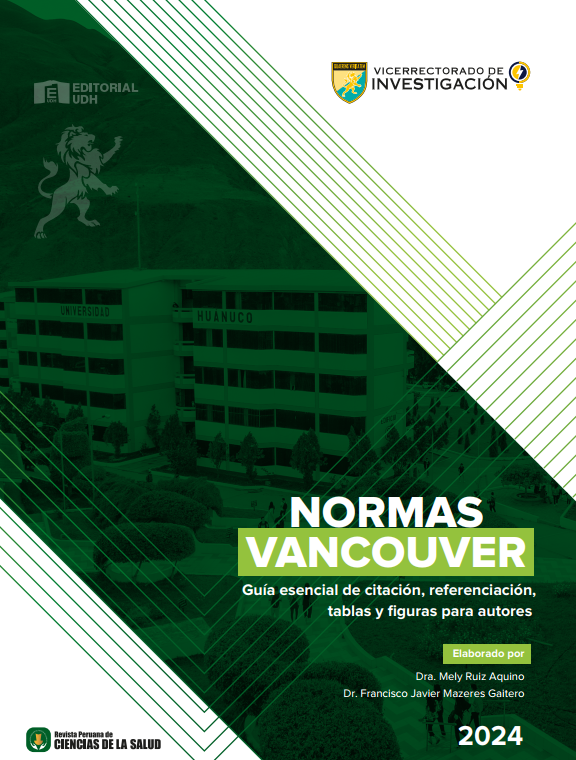Vector control, early diagnosis, and education: the three pillars of dengue prevention
DOI:
https://doi.org/10.37711/rpcs.2024.6.1.437Keywords:
-Abstract
Dengue has become the leading cause of arthropod-borne viral disease worldwide. In 2019, the World Health Organization (WHO) declared dengue one of the top ten threats to global health. Dengue incidence reached its highest recorded level in 2023, affecting more than 80 countries with over 6.5 million cases (1). In the Americas, 8.1 million suspected dengue cases were reported by mid-May 2024, representing a 3.3-fold increase compared to the previous year. Peru was one of the six countries with the highest number of reported cases in the region (2). Like other countries with high dengue incidence, the country has been facing a surge in new arbovirus cases with seasonal outbreaks occurring between November and May. Therefore, controlling and preventing dengue outbreaks are essential steps to control the disease. How can we achieve this? Three key objectives: vector control, early diagnosis and population education.
Downloads
References
World Health Organization. Ten threats to global health in 2019 [Internet]. Ginebra: WHO; 2019 [Consultado el 13 de noviembre de 2023]. Disponible en: https://www.who.int/news-room/spotlight/ten-threats-to-global-healthin-2019
Pan American Health Organization (PAHO). PAHO urges countries to strengthen dengue prevention in Central America, Mexico and the Caribbean [Internet]. Washington D. C.: WHO; 2024. [Consultado el 4 de mayo de 2024]. Disponible en: https://www.paho.org/en/news/24-5-2024- paho-urges-countries-strengthen-dengue-preventioncentral-america-mexico-and
Kraemer MUG, Reiner RC Jr, Brady OJ, Messina JP, Gilbert M, Pigott DM, et al. Publisher Correction: Past and future spread of the arbovirus vectors Aedes aegypti and Aedes albopictus. Nat Microbiol. [Internet]. 2019 [Consultado el 18 de noviembre de 2023];4(5):901. doi: 10.1038/s41564-019-0429-2.
Rather IA, Parray HA, Lone JB, Paek WK, Lim J, Bajpai VK, Park YH. Prevention and Control Strategies to Counter Dengue Virus Infection. Front Cell Infect Microbiol. [Internet]. 2017 [Consultado el 18 de noviembre de 2023];25(7):336. doi: 10.3389/fcimb.2017.00336.
Ministerio de Salud. Minsa intensifca sus estrategias en la lucha contra el dengue [Internet]. Lima: MINSA; 2024 [Consultado el 20 de marzo de 2024]. Disponible en: https://www.gob.pe/institucion/minsa/noticias/920966-minsa-intensifca-sus-estrategias-en-la-lucha-contra-el-dengue
Klaitong P, Smith DR. Roles of Non-Structural Protein 4A in Flavivirus Infection. Viruses. [Internet]. 2021 [Consultado el 20 de noviembre de 2023];13(10):2077. doi: 10.3390/ v13102077.
Sinha S, Singh K, Ravi Kumar YS, Roy R, Phadnis S, Meena V, Bhattacharyya S, Verma B. Dengue virus pathogenesis and host molecular machineries. J Biomed Sci. [Internet]. 2024 [Consultado el 25 de abril de 2024];31(1):43. doi: 10.1186/s12929-024-01030-9.
Kok BH, Lim HT, Lim CP, Lai NS, Leow CY, Leow CH. Dengue virus infection - a review of pathogenesis, vaccines, diagnosis and therapy. Virus Res. [Internet]. 2023 [Consultado el 20 de noviembre de 2023];324:199018. doi: 10.1016/j. virusres.2022.199018.
Akter R, Tasneem F, Das S, Soma MA, Georgakopoulos-Soares I, Juthi RT, Sazed SA. Approaches of dengue control: vaccine strategies and future aspects. Front Immunol. [Internet]. 2024 [Consultado el 1 de marzo de 2024];15:1362780. doi: 10.3389/fmmu.2024.1362780.
Narayan R, Tripathi S. Intrinsic ADE: The Dark Side of Antibody Dependent Enhancement During Dengue Infection. Front Cell Infect Microbiol. [Internet]. 2020 [Consultado el 20 de noviembre de 2023];10:580096. doi: 10.3389/fcimb.2020.580096.

Downloads
Published
Issue
Section
License
Copyright (c) 2024 Kelly Susan Levano-Tarazona

This work is licensed under a Creative Commons Attribution 4.0 International License.





















